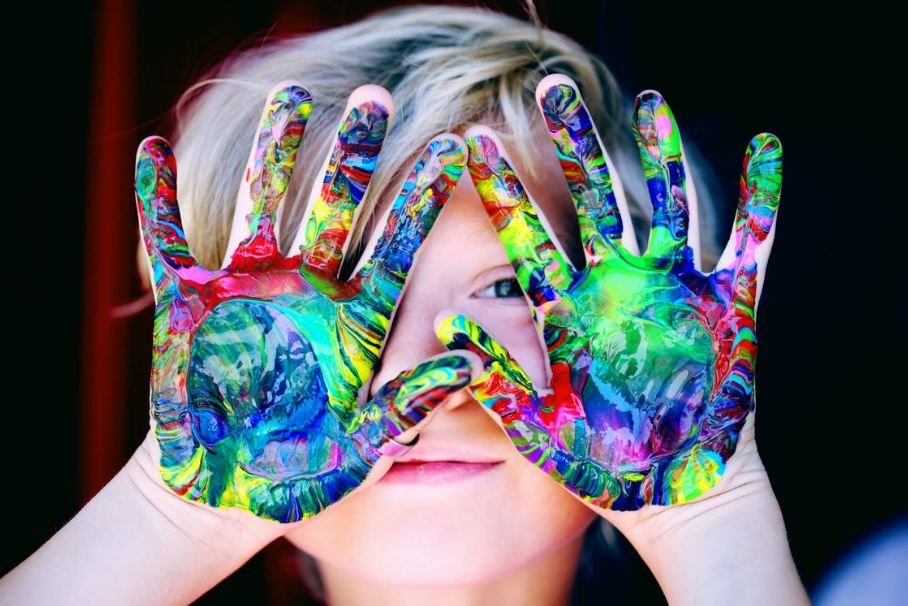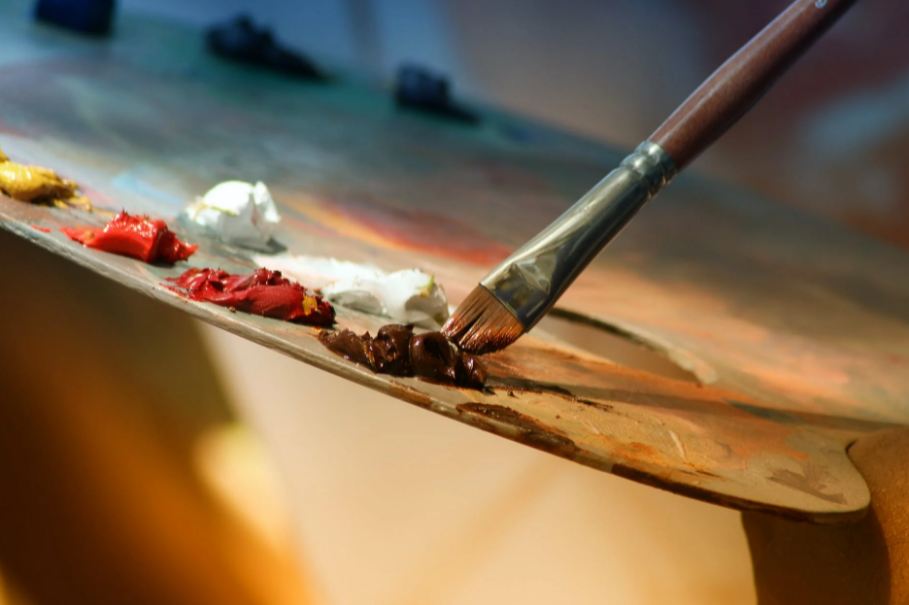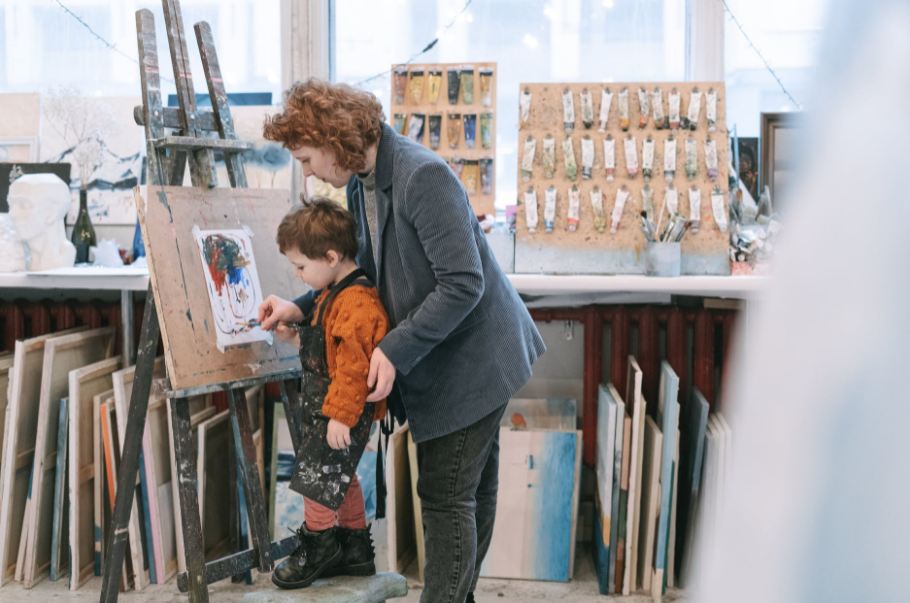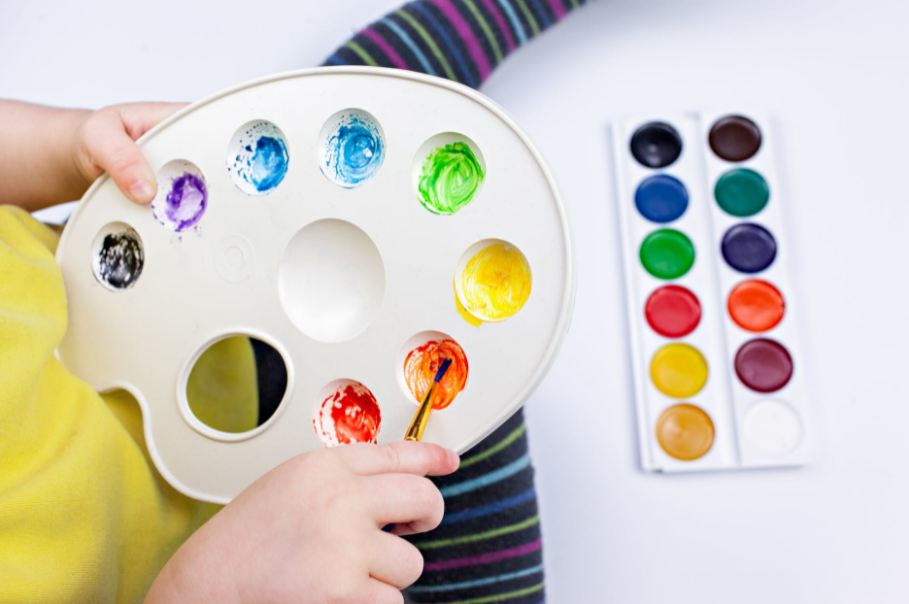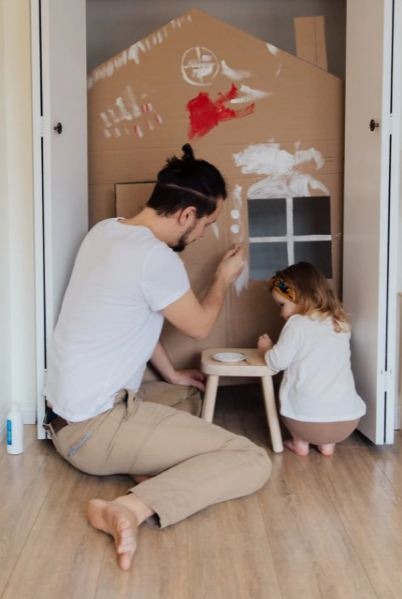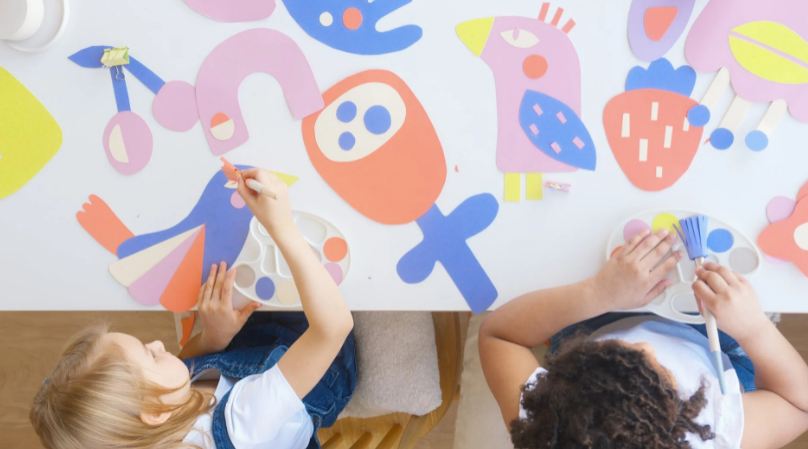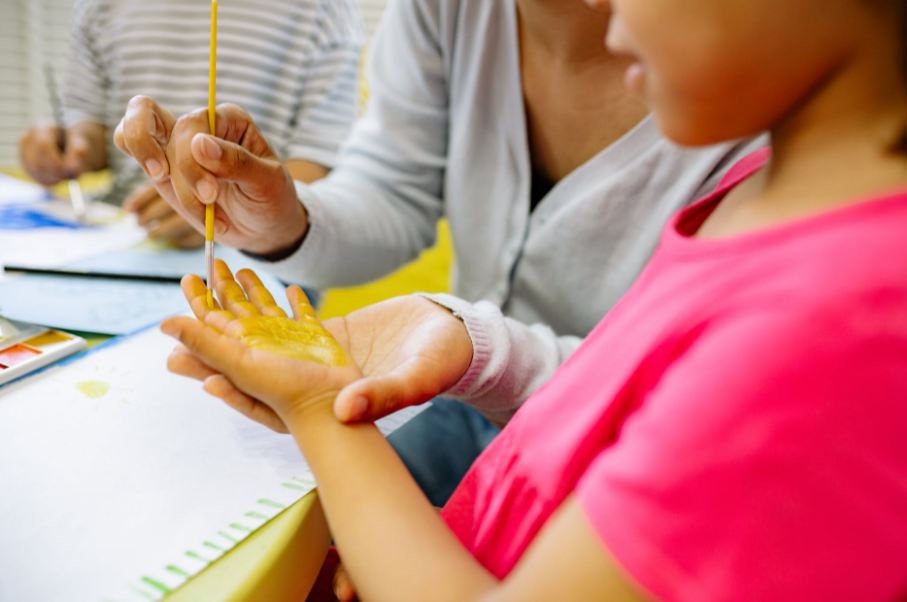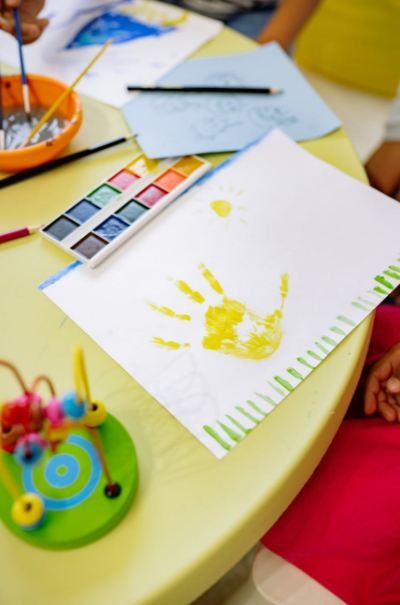Art is the ultimate way for children to express themselves. It helps in soothing the mind and bringing calmness to the chaos of thoughts. It is a valuable asset that you should pass on to your kids.
Another essential benefit of teaching art to kids is to boost their self-confidence. The more children learn to appreciate their efforts, the more they tend to have a higher self-efficacy. Nowadays, when parents are highly concerned about their children’s mental, physical, and emotional well-being as most of their time is spent in front of the screen, seeking a recluse in artistic hobbies can be very fruitful.
How to Teach Kids to Paint
First off, bear in mind that teaching painting to small kids does not mean that you start expecting a spectacular-Picasso-looking painting from them after a few lessons. Kids need to paint to express themselves, not copy someone’s work and become them. Art is a subjective topic – implying, it can mean different things for different people.
So, letting children explore is the key. They might not draw a perfect red rose for you, but you can see how their painting reflects their thoughts and perceptions of the world. Now, let us dive in and learn a few ideas for teaching kids to paint.
1. Forbid the Use of Pencils and Erasers
Some people might find it a little harsh to forgo pencils and erasers while drawing or sketching something before painting. However, pencils encourage second-guessing what children have drawn out of their imagination. It leads to an unrealistic and unfulfilling need to be perfect, which is unhealthy and limits creativity.
Having erasers by their side also instills the same urge in children. In the desperate need to perfect those lines or shapes, the whole point of teaching kids to paint with their free will and creativity goes in vain. Excessive use of erasers will lead to children not letting go of their mistakes. Painting is a healing process. It teaches children to use their imagination and create something unique.
2. Mixing Different Paints
One of the most anticipated tasks for children when learning to paint is mixing various colors and seeing how they blend. The best thing to teach children is to let them explore the different color combinations. Paint palettes are the best in this regard. Just hand the paint palette to every child and let them mix and match.
Another exciting technique is called double-loading. It comprises of mixing colors right on the paper and not on the palette. In this technique, you can ask your child to scoop any color, such as red, along with white or any other color. When all these paints loaded on the brush go on the paper, they create a beautiful mix.
The more your child keeps painting with the color-loaded brush, the more they can witness the color transformation.
3. Designated Painting Area
Painting can be messy. So, be prepared to deal with a lot of spills and spots. Try designating an area near your kitchen or bathroom where the kids can quickly spread their painting equipment and not mess up the whole house. Being near to an area with running water is easy for cleaning up. Have a lot of drop cloths to tackle the stains. Some paints, such as water paints, easily come off while washing. Other types of paints might give you a hard time cleaning.
Therefore, choosing to buy paints for your kids is also a difficult task. Moreover, you will have to teach your children where they can paint and which areas are off-limits, such as bedroom walls.
4. Explore the textures
Paintings should not be restricted to paintbrushes only. While the exploring process is going on, you must introduce various textures to your children. Hand them a toothbrush or cotton tied to a stick and let them make several different patterns. You can stick salt to the drawing outline and then let the children drop paints on the salt. The absorption property of the salt changes the texture of the drawing and excites the kids.
Introducing textures to children is very important in honing their senses to their full capabilities. Try exploring different painting surfaces, such as cardboard, canvas, paper, rock, and wooden surfaces.
5. Creative Painting Tools
You can make cute little stamps from cardboard or use half-cut veggies to paint various patterns on the painting surfaces. You can collect fallen leaves and feathers as a part of outdoor activity with the kids and then paint with them to learn how patterns are formed. You can also use strings to teach them the art of creating colorful patterned paintings.
6. Give Them Time to Absorb Instructions
When learning to paint in a group, it is best to let the children understand what is being instructed to them by the adult. The initial ten-minute window is ideal for letting them think, ponder, and reflect on the painting they want to create. This time is the most fruitful for their tiny, inspiration-seeking minds to develop something unique and close to their heart.
Ruining this time by constantly barging instructions about how to carry out drawing and completing it will take you nowhere. You can get your desired results this way, but the child will be left unable to put his thoughts on paper.
7. Accept the Mistakes and Show How to Deal With Them
When we say that art is a form of therapy and free expression, the rule is to help them learn how to accept their mistakes gracefully. Engaging in art is the best practice to let them know that it is okay for everyone to commit mistakes. This learning will require the teacher or the parent to make some mistakes during painting and then accepting them fully.
8. Include Children when Deciding the Theme of Painting
Choosing a topic for the art lesson is something children always look forward to. Catching a glimpse of their sweet little faces and sparkling eyes while anticipating the topic is such a rewarding process. Brainstorm the topic with the group a day before with the kids and let them share their ideas.
When you incorporate their ideas into your topic, children will be more than excited to perform. Moreover, you can see the difference in their performance when working on their own suggested topic.
9. Do Not Forget To Outline
The not-so-secret trick for bringing a painting project to completion is to draw outlines. Have a black marker or paint mixed with black glue ready to give your project a finishing touch with the outlines. Children love to see their creation coming to a dramatic end by painting the outlines. Outlines make a big difference. You can even use colors other than black for outlining the drawing.
Appreciation is the Key
Nothing works like magic more than appreciation. Kids love to be praised, and the more you show and display their works of art, the more their confidence gets boosted. Pin their projects on a dedicated wall or the refrigerator and make them notice them.

